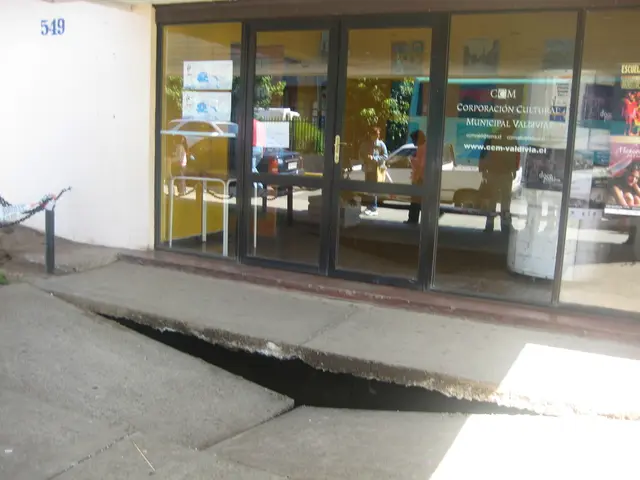Shootdown of Korean Airlines Flight 007 in 1983
On September 1, 1983, Korean Airlines Flight 007, a Boeing 747, was shot down over Soviet airspace near Sakhalin Island, resulting in the tragic loss of 269 innocent lives.
The flight, operated by Captain Chun Byung-in, First Flight Officer Son Dong-hui, and an unspecified Flight Officer Kim Eui-dong, was scheduled to depart from New York and arrive at Seoul via Anchorage, Alaska. However, a series of navigational errors and a tense geopolitical atmosphere led to the catastrophic event.
As the flight approached the R-20 route, it deviated from its intended path, reportedly due to malfunctions in the aircraft's automated navigation system. Specifically, the inertial navigation system, which should have corrected the error, failed to do so, causing the aircraft to drift into restricted Soviet airspace without proper awareness.
The Soviet Union, on edge due to heightened Cold War hostilities, interpreted the intruding aircraft as a potential spying mission rather than a civilian airliner. This misidentification led to the deployment of a Sukhoi Su-15 interceptor, which engaged and shot down the plane.
The R-20 route, a 17.5-mile (28.16 km) stretch from the Soviet Air Space near Kamchatka Peninsula, had 10 waypoints for navigation. However, KAL 007 did not check at the Bethel waypoint, further contributing to its deviation from the planned course.
It is worth noting that, during take-off, the captain used the HEADING mode of the aircraft's four auto-pilot modes, instead of switching to the INS mode as intended once the aircraft had reached cruising altitude. This decision, coupled with the navigational errors, led to the plane's tragic course.
The incident was also detected by military radar in Alaska, which reported that KAL 007 was 12.6 nautical miles North of its expected position. The King Salmon radar in Alaska was able to track the flight in real time, but efforts to alert the flight crew and correct the course were unsuccessful.
The long distance between the supposed waypoint and the airplane had prevented VHF waves from reaching ground control, further compounding the navigational challenges. KAL Flight 015 was requested to relay reports to air traffic on KAL 007's behalf, but it was too late to prevent the disaster.
In conclusion, the downing of Korean Airlines Flight 007 was a tragic consequence of a combination of navigational errors on the flight and the tense geopolitical and military atmosphere that caused the Soviet Union to treat the airliner as a hostile threat rather than a civilian passenger jet. The loss of 269 lives serves as a stark reminder of the potential dangers of misunderstandings and miscommunications in times of heightened tension.
The aviation industry faced severe criticism following the tragic aviation accident of Korean Airlines Flight 007, which was operated by professionals in the field. The financing of similar aerospace projects and the transportation sector as a whole was impacted by the public's loss of confidence.
Despite the unfortunate event occurring in the realm of civilian transportation, sporting events such as racing, particularly auto-racing, continued to evoke controversy due to incidents that reminded people of the potential for miscommunication and misunderstandings.
Sports-analysis experts have argued that the outcome of the Korean Airlines Flight 007 disaster shares certain similarities with high-stakes race situations, where even the smallest errors can lead to catastrophic consequences.
In a broader perspective, the incident underscores the need for improved communication, better understanding, and increased diligence across various industries – from transportation and sports to finance and aerospace – to prevent such tragedies from reoccurring.








